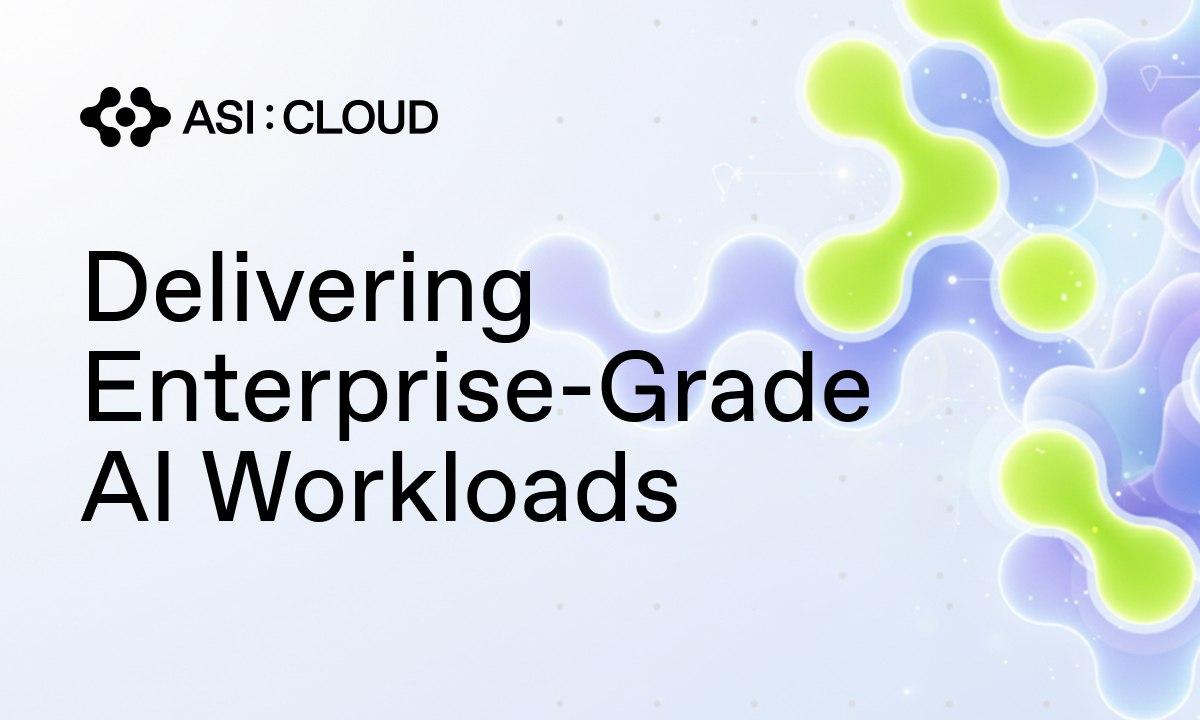In the realm of blockchain technology, a toll bridge is a specific type of bridge that operates using a smart contract system. Similar to a traditional toll bridge, users are required to pay a fee in order to access additional functionalities. However, in the blockchain context, this toll fee acts as a key to unlock vested cryptocurrencies.
One notable example of a blockchain project that has implemented a toll bridge is DAO Maker. DAO Maker’s primary goal is to establish a secure and decentralized launchpad for startups. They have incorporated the toll bridge feature as part of their dynamic coin offering (DYCO) framework. This framework enables startups to seek investments while ensuring that project developers adhere to their original roadmap. Investors also have the option to request a refund if the project deviates from its initial plan.
Now, let’s take a closer look at how the toll bridge operates within the blockchain ecosystem. The toll bridge is managed through a smart contract, which handles various aspects including toll bridge burns and claims. Toll bridge claims take into consideration factors such as the vesting schedule and the number of days since the token generation event (TGE).
In order to utilize the toll bridge, users must have the MetaMask extension installed and connected to a whitelisted wallet. Once successfully connected, users can choose to unlock funds from the bridge. It is important to note that the toll bridge allows token buyers to exit the vesting schedule before the designated time is over. However, this comes at the expense of forfeiting a portion of their tokens through burning.
Furthermore, the toll fees incurred when exiting before the vesting period is completed are influenced by the length of time the funds remain unlocked. The longer the funds remain unlocked, the lower the toll fees. This incentivizes users to stay invested in projects for longer periods, as they can minimize their toll fees by waiting. Conversely, users who choose to exit early will incur higher toll fees.
In addition to the toll bridge mechanism, there are also benefits for users who complete the full vesting schedule without utilizing the toll bridge. These users will receive 20% of their locked coins every three months. This incentivizes investors to commit to the full vesting schedule, as they can gradually unlock a portion of their locked coins over time.
Overall, toll bridges play an important role in the blockchain ecosystem by facilitating the funding and development of projects. They provide a mechanism for startups to raise funds while ensuring accountability and alignment with their original roadmap. For investors, toll bridges offer flexibility in terms of exiting the vesting schedule, albeit at the cost of burning a portion of their tokens. By implementing toll bridges, blockchain projects aim to create a fair and transparent environment for all stakeholders involved.
In conclusion, a toll bridge in the context of blockchain technology is a mechanism that operates through a smart contract system. It requires users to pay a fee in order to access additional functionalities or unlock vested cryptocurrencies. Toll bridges help ensure accountability and alignment with project roadmaps, while also providing flexibility for investors. They incentivize users to stay invested in projects by reducing toll fees for longer lock-up periods. By understanding the concept of toll bridges, individuals can navigate the blockchain landscape more effectively and make informed investment decisions.














